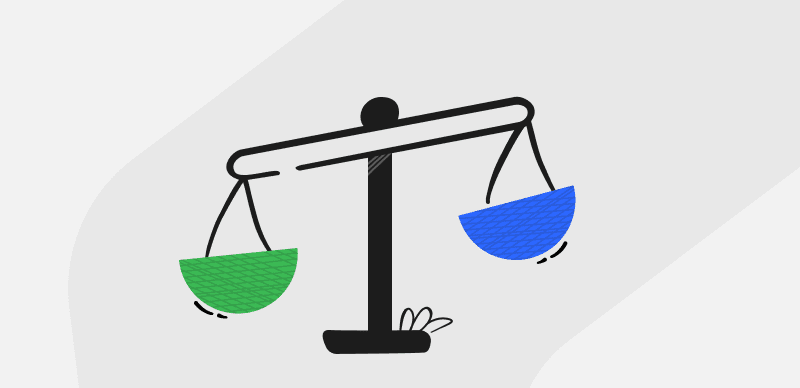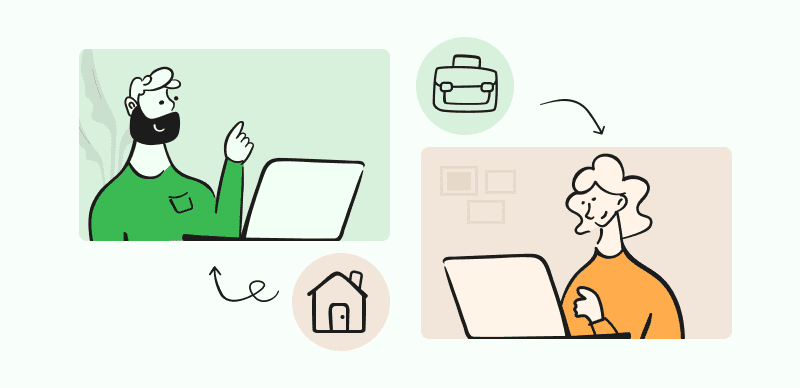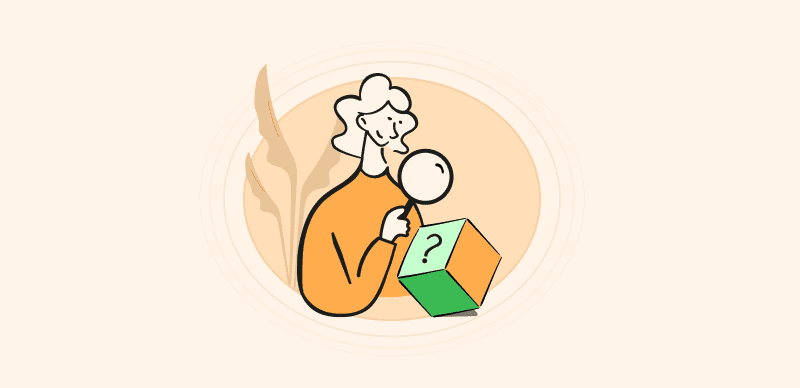Product Managers and Designers are essential players in the product development process. While they have different roles and responsibilities, they both work towards the common goal of delivering a successful product. Additionally, the success of a product largely depends on the collaboration between Product managers and Designers. However, a communication gap often exists between the two roles, leading to misunderstandings and delays in product development. To overcome this hindrance, it is crucial to bridge the gap between Product managers and designers.
Bridging the gap between Product Managers and Designers requires a concerted effort to improve communication and collaboration. This guide will discuss effective strategies and techniques to improve collaboration and communication between Product managers and designers. Besides this, we will also tell you the root cause that has led to this confusion. By implementing these strategies, Product teams can marginalize misunderstandings and delays, ultimately delivering better products to their customers, so stick with us.
Also read: How Can Product Managers and Engineers Collaborate More Effectively >
Table of Contents: hide
Why the Collaboration between Product Managers and Designers So Important
Identifying Communication Gaps: Understanding the Root of the Problem
Why the Collaboration between Product Managers and Designers So Important
Product Managers and Designers are the two essential roles that work together to develop a successful product. Product managers bring market insights and business goals to the table by identifying market needs and creating a plan for building a product, from requirement elicitation to delivering and ensuring that it fulfills the client’s requirements. On the other hand, designers are responsible for creating visually appealing and user-friendly designs that fulfill user requirements. Both these roles are like the wheels of a cycle; if one is not functioning correctly, the product is useless.
However, misunderstandings can occur without effective collaboration, and the product may not meet its full potential. When Product Managers and Designers work in separate workspaces and environments, it can result in a lack of team alignment and a disjointed product experience. For example, if the Product Manager brainstorms and defines a feature that does not align with the user’s needs, the designer may create a design that is not useful or appealing. This results in wasted resources and the odds of losing client becomes high.
Another reason why collaboration is important between Product Managers and Designers is to promote innovation within an organization. When these two roles work together, they can share their expertise and knowledge to create innovative solutions that can satisfy user needs in new and unique ways. Through this collaboration, Product managers and Designers can explore new opportunities and possibilities that may have been missed if they had worked individually.

Why The Collaboration Between Product Managers And Designers So Important
Identifying Communication Gaps: Understanding the Root of the Problem
Are you wondering about the root causes behind the communication gap between Product managers and designers? This part is for you! Despite working towards the same goal, Product Managers and Designers frequently face communication gaps that can hinder project progress. This section will look at common communication gaps between product managers and designers and strategies for closing them and improving collaboration.
Different visions
Misaligned goals and objectives can cause significant communication breakdowns between Product Managers and Designers. When Product Managers and designers are not on the same page about a project’s goals and objectives, it can lead to confusion and delays in the development process. Product managers, for instance, may be concerned with meeting business objectives such as increasing revenue or market share. In contrast, designers may be concerned with creating an aesthetically alluring, easy-to-use, handy, and user-friendly product.
Besides this, if project goals and objectives are not clearly defined and agreed upon, it can lead to disagreements between Product Managers and designers. Product managers may believe that designers are not meeting business objectives, whereas designers may believe that Product managers are not prioritizing user needs. As a result, the development process can become fragmented, with each team working individually, resulting in a poorly designed and unsuccessful product.
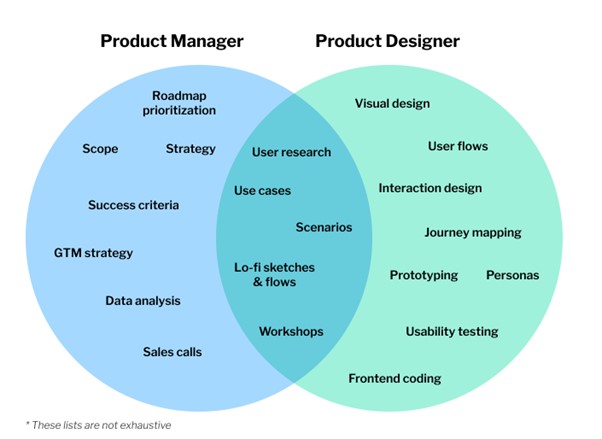
Different Visions
Lack of Paperwork
Unreliable documentation and tracking can lead to communication breakdowns between Product Managers and designers. Inconsistent or incomplete documentation can lead to misunderstandings about project requirements, timelines, and goals. Product Managers and designers may interpret the same information differently, resulting in misalignment and confusion. Besides this, it can lead to missed deadlines, overlooked requirements, and poor communication between Product managers and Designers.
This can be understood better with the help of an example in which a Product Manager communicates a feature request to a Designer without documenting the specific requirements or user goals. The Designer may have a perceived differently of what is required. As a result, the Designer may create a solution that falls short of the Product manager’s expectations, resulting in delays, budget mismanagement, and rework.
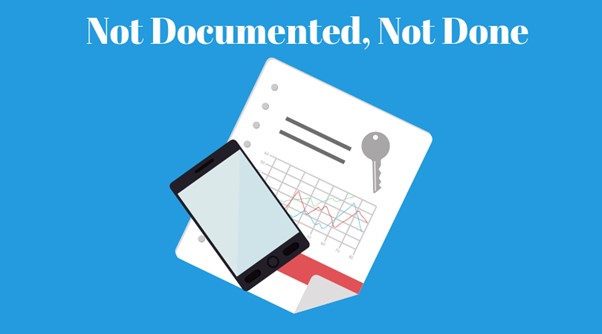
Lack Of Paperwork
Ineffective communication methods
Sometimes, communication between Product Managers and Designers does exist, but it may not be effective. This can be due to multiple reasons, but the major ones are communication method differences or unclear expectations about the product’s direction. Product Managers may provide high-level requirements without specifics, and Designers may interpret those requirements differently. As a result, designers may create designs that do not align with the product vision and Product managers may provide feedback that does not meet the Designer’s expectations.
Clear and concise communication is essential to avoid these issues and ensure that both parties are on the same page. To ensure effective communication between Product Managers and designers, it is important to establish a common language and communication style. Additionally, it can lead to wasted time and resources as designs may need to be reworked or revised due to miscommunication. Effective communication helps deliver the product on time and maintains the client’s trust.
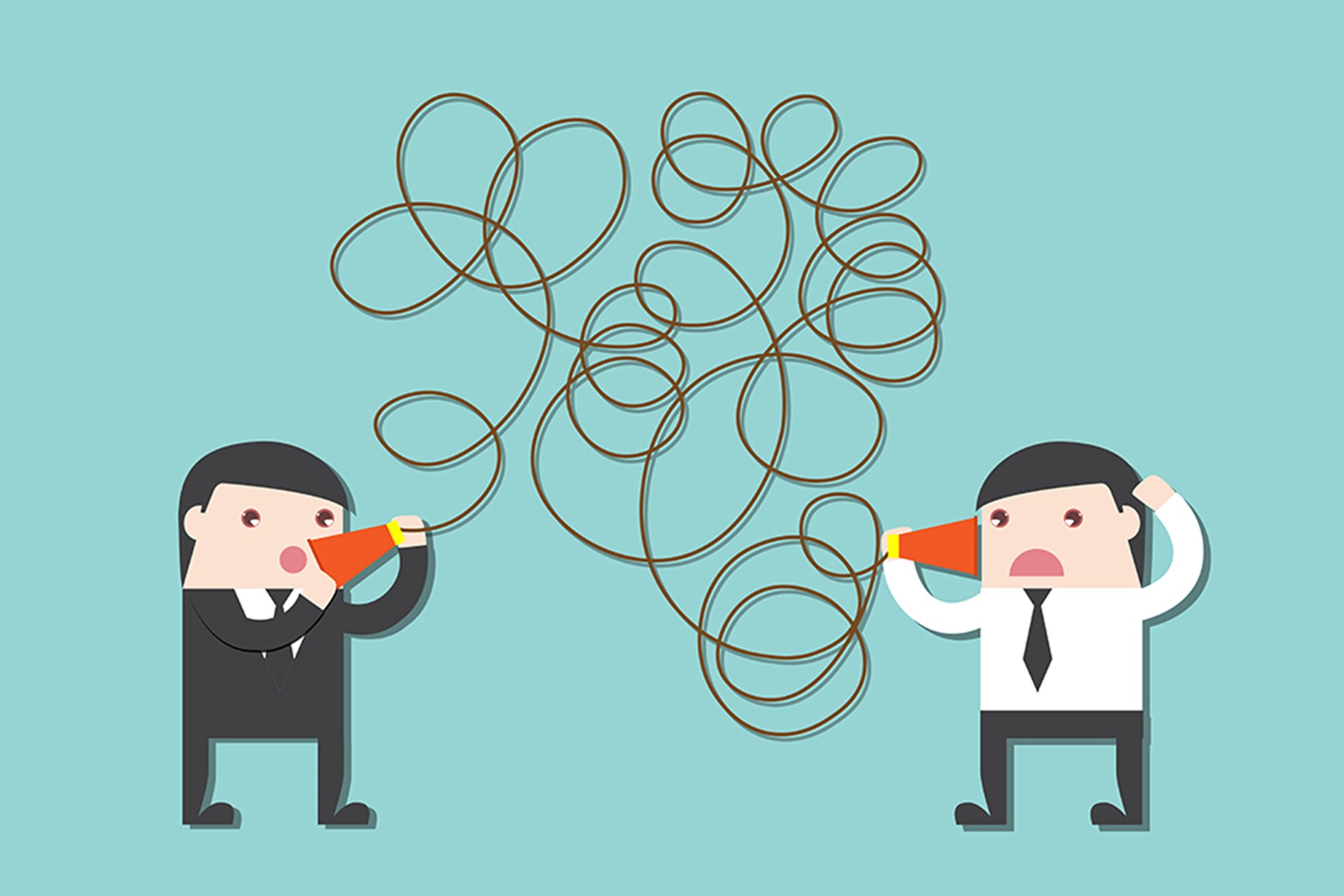
Ineffective Communication Methods
How to Bridge the Gap-6 ways
Are you looking to adopt useful strategies for filling the gap between Product Managers and designers? Look no further! To create a product that is up to mark and according to the user’s needs, the product tea, including the Product managers and designers, must be on the same page. Here are some effective strategies and techniques to improve collaboration and communication between the two roles:
Way Set up Proper Means of Communication
Establishing clear communication channels between Product Managers and designers is critical to bridge the gap. All stakeholders involved in the Product development process must know the project’s goals, timelines, and expectations. Regular meetings can be beneficial because they allow both parties to discuss their ideas, ask questions, and provide feedback. Email threads and shared documentation can also help to keep communication clear and consistent.
Product managers can outline the project’s high-level requirements and business goals during meetings, while designers can discuss their design ideas and how they intend to achieve them. This exchange of ideas can aid in the early identification of potential issues, preventing costly delays or rework. Transparent, accountable, and collaborative communication channels are also important for successful product development.

Way Set Up Proper Means Of Communication
Way Continuous feedback and mock-up
Another simple method to bridge the gap between Product managers and designers so that both parties can work together to refine the product and ensure that it meets user needs and business objectives is continuously evaluating drafts or prototypes. The process of creating a basic product version that designers can use to test and refine their designs is called prototyping. It allows designers to test different design concepts and quickly iterate over them. It reduces the chance of error and helps in optimizing the final product.
On the other hand, Product managers can provide feedback on the design and ensure it aligns with the product vision. Since the product managers better understand the client’s requirements, they can point out the do’s and don’ts by reviewing the draft. Ultimately, continuously prototyping and incorporating feedback enable effective collaboration between Product Managers and designers, leading to a better end product.

Way Continuous Feedback And Mock Up
Way Planning Sprints
Another important practice that can enhance the bonding between a Product manager and a designer is sprint planning. It is a collaborative process in which the Product Manager and Designer collaborate to plan the next product iteration. The Product Manager can share the high-level goals and requirements for the product during this process, while the Designer can share their design ideas and how they plan to achieve them.
Besides this, sprint planning also enables Designers to estimate the time and resources needed to complete their tasks and the Product Manager to prioritize the tasks based on business goals. This process enables both parties to collaborate on the product’s next iteration, ensuring it meets user needs while aligning with business objectives. Working together through sprint planning can help to bridge the communication gap between product managers and designers, resulting in a more successful product.
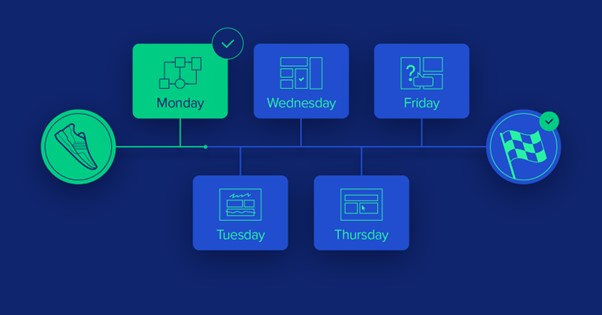
Way Planning Sprints
Way Backlog refinement meetings
Backlog refinement sessions are an important part of Agile development and can help bridge the gap between Product Managers and Designers. It requires overviewing the product backlog and a prioritized list of features, enhancements, and bug fixes that must be developed. Product managers and designers can collaborate during these sessions to extract which items should be prioritized, which require additional design work, and which items are not aligned with the product vision.
In addition, backlog refinement sessions allow both parties to review and discuss user stories, which are detailed descriptions of a feature from the user’s perspective. Product Managers can provide high-level requirements for the user story, while Designers can offer input on the design and user experience. This collaboration can help ensure the user story meets user needs and aligns with the product vision.
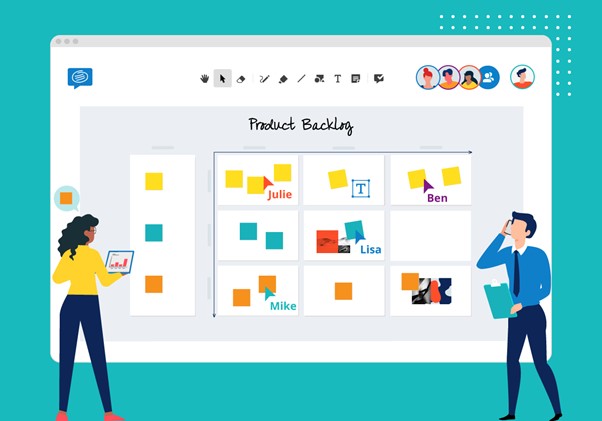
Way Backlog Refinement Settings
Way Retrospective Meetings
Retrospective meetings, also known as Postmortems, are an important tool for bridging the gap between Product managers and Designers. These meetings allow both parties to reflect on the product development process, identify areas for improvement, and plan the next steps for future projects. Product managers and designers can learn from past mistakes, celebrate successes, and improve collaboration and communication by conducting postmortems.
Additionally, Product Managers and Designers can share their perspectives on what worked well and what did not during the product development process during postmortems. They can discuss any communication breakdowns or misunderstandings and determine how to avoid them in future projects. Both parties can continuously improve their collaboration and ensure the smooth operation of the product development process by conducting regular postmortems.
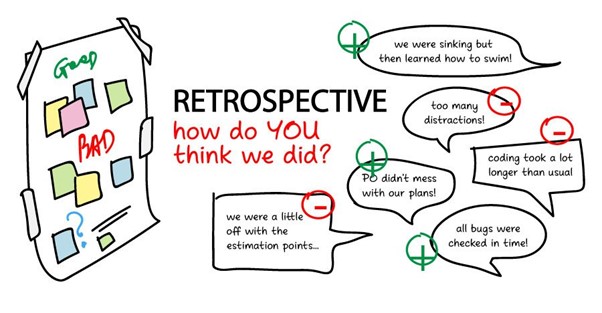
Way Retrospective Meeting
Way Constructive Criticism
Another method for bridging the gap between Product Managers and Designers is constructive criticism. This involves providing feedback constructively and encouragingly. When providing feedback to Designers, Product managers should concentrate on the design’s alignment with the product vision and the user needs rather than nitpicking the minor details. Similarly, designers should view feedback as an opportunity to improve their designs rather than a personal attack.
Both parties can work together to improve the product and ensure it meets user needs and business objectives by providing and receiving constructive criticism. An important thing to understand here is that providing constructive criticism requires trust and respect between the product manager and the designer. Establishing this trust early on in the collaboration is important to ensure that both parties are comfortable giving and receiving feedback.
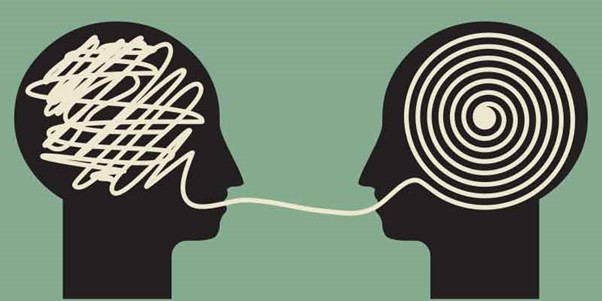
Way Constructive Criticism
Final Thought
To wrap up, it is important to fill the communication void between two important roles within a Product team, i.e., Product managers and designers, to create optimal products that meet user requirements and business objectives. Without a cohesive collaboration between these two roles, there can be inefficiencies, miscommunications, and delays in product development. This article has discussed the causes of the gap between Product Managers and Designers and the six effective strategies for closing it. If you found this article useful, please share it with your friends and peers, and please leave your comments in the section below.

